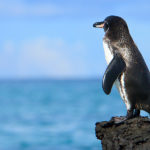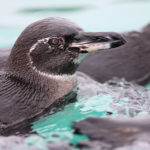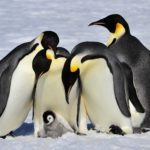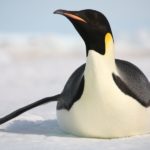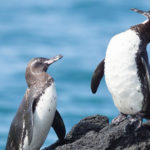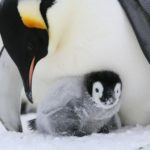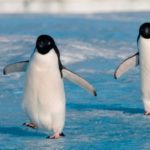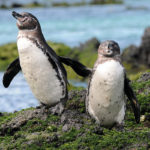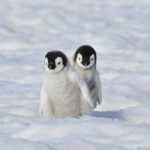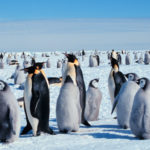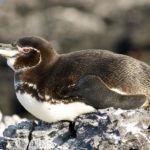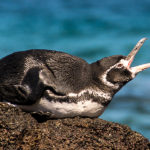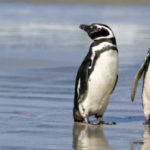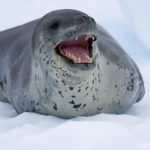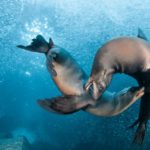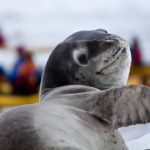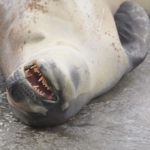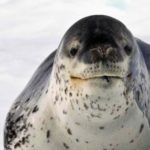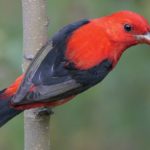Facts about penguins
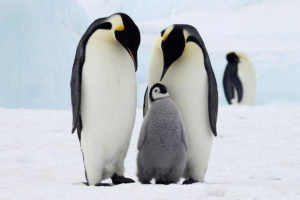 While walking in the zoo near the enclosure with penguins, we are touched, looking at these lovely and funny birds. But what do we know about them? Only what is written on the plate at the enclosure, but about many interesting facts from their lives, even we do not guess. This information will be cognitive for both children and adults.
While walking in the zoo near the enclosure with penguins, we are touched, looking at these lovely and funny birds. But what do we know about them? Only what is written on the plate at the enclosure, but about many interesting facts from their lives, even we do not guess. This information will be cognitive for both children and adults.
- Due to its dense feathering and fatty layer, penguins do not get wet in the water and do not freeze.
- Penguins are well adapted to the cold and can withstand temperatures down to -60 ° C.
- A thick layer of fat serves not only as protection against frost, but also helps to nest chicks. Below him, in the lower abdomen, is the so-called “brood pouch”, with the help of which the male incubates the egg and protects the newborn chick from the cold.
- Imperial penguins lose about 40% of their weight while hatching chicks.
- Penguins can not fly, but they swim well. Their wings changed to fins in the course of evolution, and the bones forming the skeleton became flat.
- Black color of the back of the penguins helps to attract even a little solar heat, which allows them to keep warm even in such cold Antarctica.
- Penguins are wonderful swimmers. In the water they develop a speed of up to 40 km / h and dive to a depth of 20 m (Emperor penguins to a depth of more than 200 m).
- Water penguins drink sea, surplus salt, obtained with water, are derived with the help of special glands placed under the eyes.
- The grown-up babies of penguins go to the “nursery”, and their parents go to the sea to hunt. At this time for the kids observe several adult penguins, in case of any danger they are ready to protect the kids. The blow of an adult imperial penguin is very strong and palpable even for a person.
